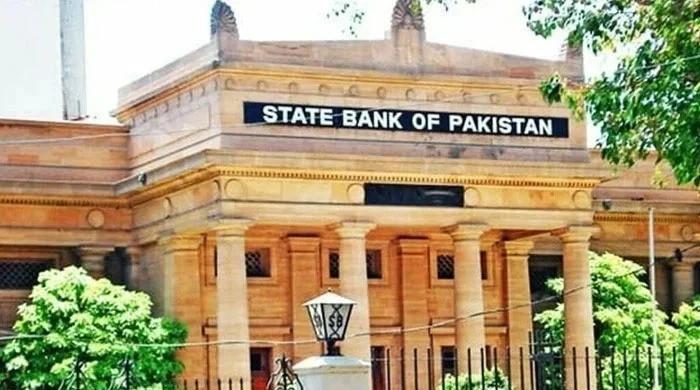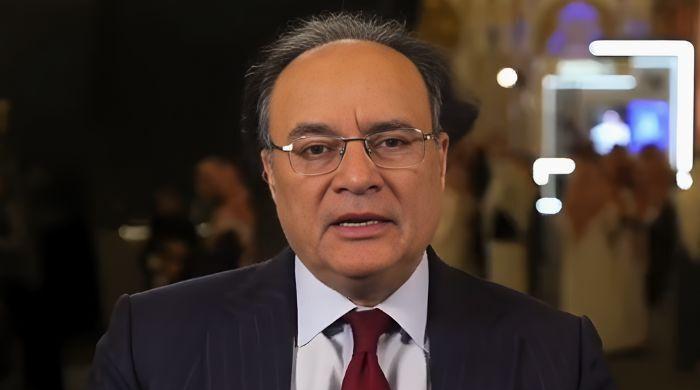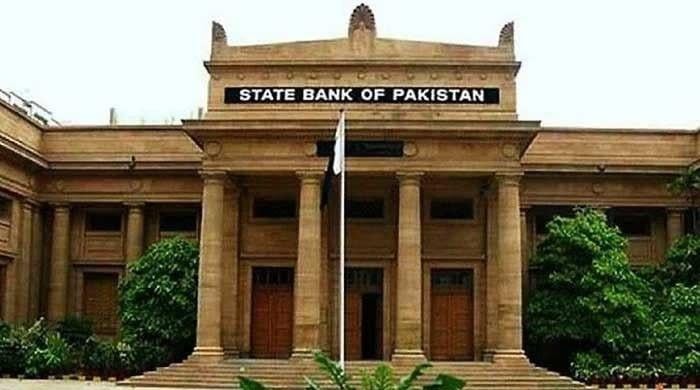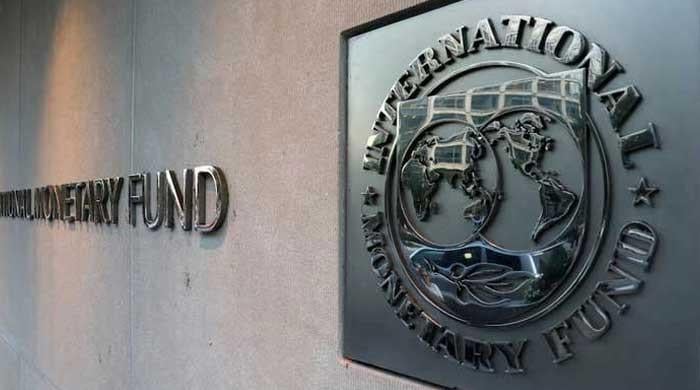Inflation declined to 28.3% in January amid economic challenges
Inflation in Pakistan persists in double-digit range, though it remains below 38% peak recorded in May 2023
February 02, 2024
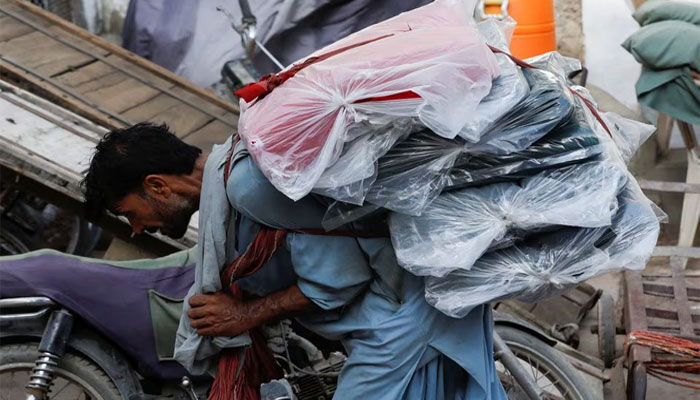
- Inflation declines by 1.32% from previous month.
- Inflation in Pakistan persists in double-digit range.
- MPC expects inflation to fall in range of 23-25% in FY24.
ISLAMABAD: Inflation in Pakistan registered a decline for the first time in three months, easing to 28.34% year on year in January 2024, according to the Pakistan Bureau of Statistics (PBS).
As per The News, inflation declined by 1.32%, down from the previous month’s 29.66%. However, on a month-on-month basis, it marked an increase of 1.8% over the previous month.
Despite this rise, inflation in Pakistan persists in the double-digit range, though it remains below the peak of 38% recorded in May 2023. In November 2023, the consumer price index (CPI) was at 29.2% and 26.9% in October.
The country, despite receiving the International Monetary Fund (IMF) since mid-2023, continues to grapple with economic challenges, attributed to factors such as a heightened energy crisis, a weaker rupee and elevated taxes, all contributing to inflationary pressures.
The State Bank of Pakistan, on January 29, 2023, opted to keep the benchmark policy rate at a record high of 22% for the fifth consecutive time to curb inflation.
However, independent economists express scepticism, asserting that maintaining the policy rate may not effectively address the current nature of inflation, characterised as cost-push. They argue that the persistently high rate could potentially impede economic growth, as this mechanism is typically employed to counter demand-pull inflation, which is not the prevailing circumstance in this case.
Urban inflation was at 30.2% and rural at 25.7%. In the previous month, urban inflation was at 30.9%, and rural at 27.9%. As per the bureau’s statistics, for the first seven months of the fiscal year (July-Jan 2023-24), average inflation stood at 28.73% against 25.4% in the same period of the last fiscal.
The central bank adjusted its earlier inflation forecast for the fiscal year ending in June. The revised projection now stands at 23 to 25%, up from the previous range of 20to 22%. This adjustment underscores the ongoing economic uncertainties and challenges faced by the country.
The Monetary Policy Committee (MPC) in its recent handout said: “The MPC expects average inflation to fall in the range of 23-25% in FY24 and continue to trend down noticeably in FY25.”
Likewise, core inflation, excluding food and energy costs, is also down to 17.8% in January 2024 against 18.2% in December 2023. January’s core inflation is an 11-month low reading, which might prompt the central bank to consider a downward revision of the policy rate.
In the latest CPI bulletin, price increases exhibited a deceleration in various sectors. Specifically, the rates of ascent for food were 25% in January 2024 compared to the previous 27.5% in December 2023, while restaurants and hotels experienced a slower pace at 28.3%, down from the previous 30.7%.
Transport costs rose at a more moderate rate of 26.2%, compared to the preceding 31.3%. Likewise, the sectors of recreation and culture saw a decrease in the rate of price growth, with figures showing 32.6% as opposed to the previous 38.5%. Health-related expenses also demonstrated a reduced acceleration, with a current rate of 21.5% compared to the earlier 23%.
Conversely, during the month under review, the housing and utilities sector experienced an uptick in prices, recording a growth of 38.7% compared to the previous 37.7% in December. Core inflation, a key factor in policy rate decisions, was recorded at 17.80% in January 2024 compared to the same month the previous year, marking the lowest rate since February 2023. The historical average from 2010 to 2024 was 8.44%, with a peak of 20% in May 2023 and a low of 3.40% in September 2015.
The wholesale price index (WPI), a measure of producer prices, arrived at 26.95% in January from 27.3% in December. The sensitive price indicator (SPI), which tracks the prices of essential items on a weekly basis, was recorded at 36.21% against 35.3% in December. The bulletin further reported that on a month-on-month basis, chicken (farm) price increased by 31.4%, tomatoes 28.3%, onions 27.87%, eggs 17.2%, fresh vegetables 8.3%, gram pulse 7.6%, fish 5.5%, tea 4.93%, dry fruits 4.14%, fresh fruits 3.6%, moong pulse 3.3%, gur 3.01%, sugar 2.89%, besan 2.62% and meat price increased by 1.87%. However, potato prices were reduced by 32%, cooking oil by 1.34%, vegetable ghee by 1.09% and mustard oil prices fell by 0.18%.
Among non-food items, on an MoM basis, communication services were costlier by 15.68%, woollen readymade garments by 6.84%, electricity charges by 6.45%, liquified hydrocarbons 2.53%, marriage hall charges 2.35%, personal grooming services 2.27%, solid fuel 1.94%, garbage collection 1.63% and furniture and furnishing 1.49%. However, motor fuel charges were reduced by 3.48% and construction input items by 0.36% over the previous month.
On a year-on-year basis, tomatoes prices increased 154%, cigarettes 98%, fresh vegetables 80%, condiments and spices 62%, sugar 55%, beans 52%, gur 50%, beverages 45%, tea 43%, eggs 42%, mash pulse 42%, wheat flour 41%, potatoes 35%, dry fruits 32%, dessert preparation 29%, milk powder 29%, rice 29% and masoor pulse costlier by 28%.
Likewise, among the non-food items, on a yearly basis, gas charges were up by 520%, electricity charges 71%, transport services 41%, stationery 41%, communication apparatus 40%, textbooks 37%, household equipment 36%, washing soap/detergents/match box 35%, marriage hall charges 34%, newspapers 34%, accommodation services 30%, cotton cloth 29%, furniture and furnishing 28%, liquified hydrocarbons 28%, drugs and medicines 27%, plastic products 25% and hospitals services were expensive by 24% over same month of last year.




